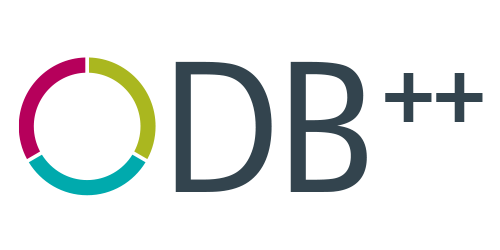When any new industry standard is launched, it is often focused on providing a solution within a clearly defined context. This enables the standard to more easily prove itself worthy of being the “standard”. It shows how it operates in the real world and how beneficial it really is. This initial phase is essential to ensure that the standard will gain a critical mass of adoption, meeting its full potential. Differing equipment types in the market, the large variety of companies and regions within the industry, and also existing business relationships and partnerships, are what usually drive the decision on which areas the focus is initially targeted.
OML began with a natural focus on the SMT, test and inspection equipment, along with the equipment used for the marking and identification of products. The decision to concentrate efforts primarily in these areas at the initial stage was due to a combination of urgent industry need and where there is the most accessible experience and knowledge. It is important to note, OML is not simply a standard developed based on just academic theory. OML is a standard which considers the real-world equipment (old and new) and other manufacturing processes in detail, based on a deep understanding of the whole manufacturing operation. OML also considers the applications and services which exist in many factories today as well as those which might be expected in the factories of tomorrow.
The reality is that electronics assembly factories do not only consist of SMT, test and inspection processes. There are a multitude of other processes involved before the delivery of finished goods, which are quite different from factory to factory, adding an additional challenge. An important equipment process is for example the soldering of components, including wave, reflow and selective soldering equipment. There is also through-hole technology required for specific components, a growth in semiconductor wafer handling and bonding. Some processes are manual and do not necessarily involve automated equipment, and each process contains many details to consider. This is likely to extend in the near future, for example, the fabrication of the PCB itself, and also mechanical processes that are a part of many electronic devices today. Obviously, our work here is yet to be completed.
The scope and vision for the OML standard is to covers all these processes, as all they are capable of capturing useful data, even if it is triggered via a human input. If there is data available at the shop floor, then using OML to define the data, capture it, and share it in a standardized way is the only that makes sense. The aim of OML is to continue towards the goal of completely supporting end-to-end manufacturing shop-floor data. Working as a community where experts help drive the standard with their respective knowledge is an essential part of this vision. It seems like a very wide scope, but it can be visualized separately into the various areas of interest. OML is about covering the all shop-floor data, and allowing the next layers stacked above to easily leverage it as soon as possible.
Until next time,
Danit

